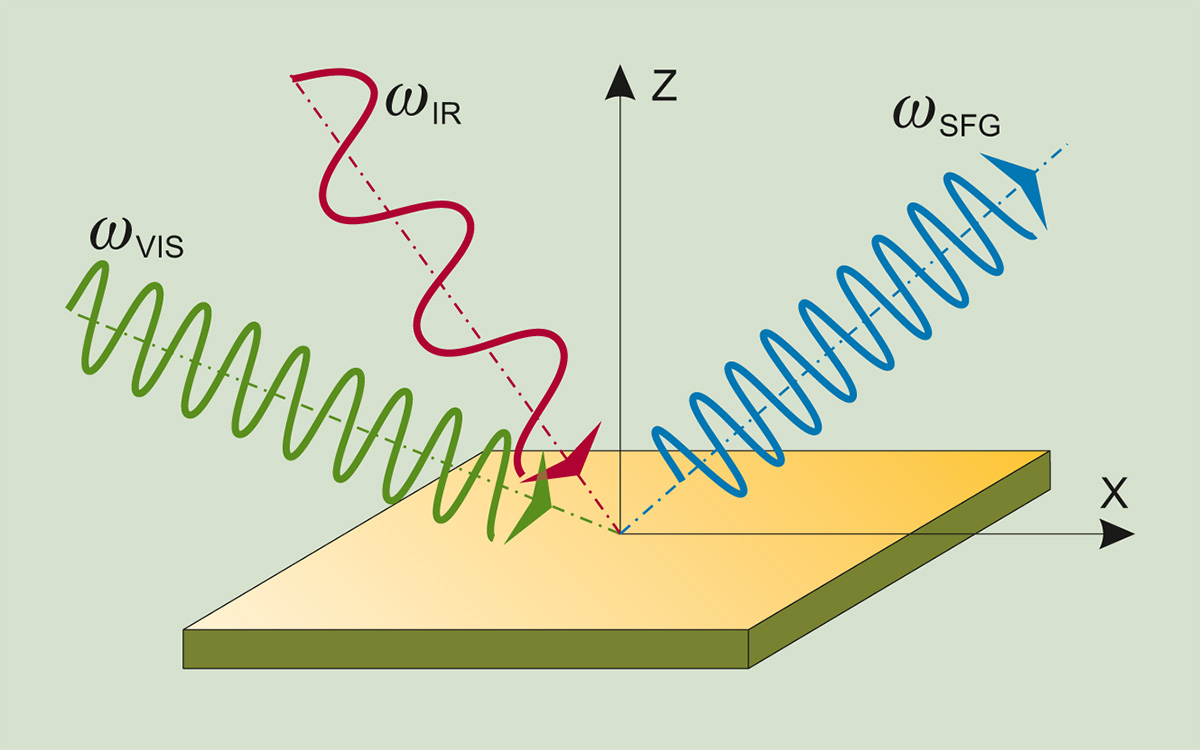

SpatialPoints can be directly generated out of the coordinates. This step adds the bounding box (automatically) and the slot for the Coordinate Reference System or CRS (which needs to be filled with a value manually). Create spatial objects Spatial* object ( * stands for Points, Lines, or Polygons). A Polygons object is a list of one or more Polygon objects, for example islands belonging to the same country. A Polygon object is a spaghetti collection of 2D coordinates with equal first and last coordinates and is generated out of a two-column matrix or a dataframe with a column for latitude and one for longitude. Polygons are generated out of Polygon objects. A Lines object is a list of one or more Line objects, for example all the contours at a single elevation. A Line object is a spaghetti collection of 2D coordinates 2 and is generated out of a two-column matrix or a dataframe with a column for latitude and one for longitude. They are generated out of either a single coordinate or a set of coordinates, like a two-column matrix or a dataframe with a column for latitude and one for longitude. Points (which may have 2 or 3 dimensions) are the most basic spatial data objects. To manually build up a spatial object in sp we could follow these steps: This basic structure is then extended, depending on the characteristics of the spatial object (point, line, polygon). It has two “slots” ( new-style S4 class objects in R have pre-defined components called slots):Ī CRS class object to define the Coordinate Reference System
:max_bytes(150000):strip_icc()/4975836103_0ca3343941_o-56a9c3a75f9b58b7d0fec9df.jpg)
The foundational structure for any spatial object in sp is the Spatial class. About 350 of the spatial analysis packages use the spatial data types that are implemented in sp i.e. they “depend” on the sp package and many more are indirectly dependent. The package (first release on CRAN in 2005) provides classes and methods to create points, lines, polygons, and grids and to operate on them. Development of the sp package began in the early 2000s in an attempt to standardize how spatial data would be treated in R and to allow for better interoperability between different analysis packages that use spatial data.

The first general package to provide classes and methods for spatial data types that was developed for R is called sp 1. 3.1 Plotting simple features ( sf) with plot.2.4 Spatial Aggregation: Points in Polygons.2.2 Topological Subsetting: Select Polygons by Location.1.2 Creating a spatial object from a lat/lon table.1.1 Conceptualizing spatial vector objects in R.


 0 kommentar(er)
0 kommentar(er)
